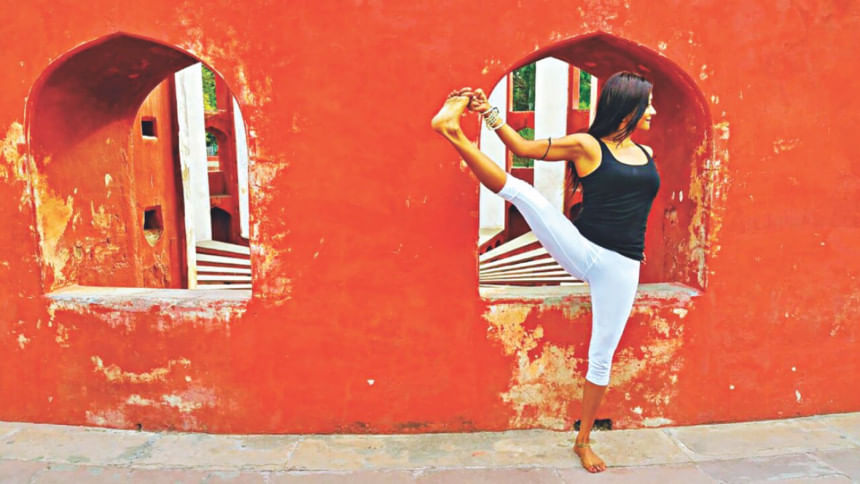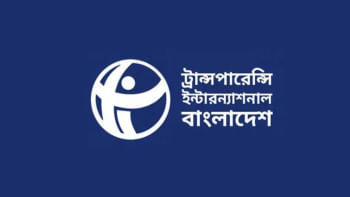Repose in Every Pose: Relaxation on the Mat

One of my favourite books on yoga is 'Light on Life' by BKS Iyengar. Revisiting the text after a couple of years, I am once again inspired by the insight Iyengar offers yoga practitioners. Below, I have tried to highlight some of his recommendations for practicing yoga postures (asanas).
Each posture, or asana, should be effortless. As a yogi, one must strive to be like a cat: master of relaxation and stretch. One must strive for lightness of body, and freedom of mind. Think of yourself as graceful and expanding. Each movement should be an art. With each posture, strive to create space in every direction. This is skill in action.
While holding postures, one should be luminous – clear, alert, and tranquil. While there is rest and relaxation in every pose, one must also push oneself past existing limits, allowing a certain degree of 'good pain.' No pain, no gain. When you have known pain, you will know compassion. We must breathe through the discomfort, allow the pain to strip away the illusions to reveal the true nature of reality.
We should perform our asanas with the intention of moving closer to God, or one's greatest potential. To do this, one must surrender the ego and connect to one's highest self. One must connect from the heart, not the brain, so one must feel the movements, not over-think, so while you sweat and ache, let your heart be light, and let your body fill with contentment.
Having strengthened ourselves through asana, we can add the second level of strengthening through breath, or pranayama. By doing so, we generate more energy to explore, and penetrate further, and deeper within.
Modern life leads to stress that we must pacify and eliminate from our body. We can release stress, before it hardens and anchors in emotions, with our breath. Through breathing, we must try to purify ourselves of six emotions: lust, anger, greed, obsession, pride and hatred. Each breath is a gift of life. Thus, we must receive each breath with gratitude. Our breathing system is like an ocean of purifying energy. Each breath has four parts.
Puraka (inhale)
Kumbhaka (retain in-breath)– hold the divine infinite within you
Rechaka (exhale)
Kumbhaka (retain out-breath)– surrender yourself, your ego, to the life source, self-abandonment, release fears and worries
Thus, practicing yoga teaches us gratitude and helps us awaken deeper intuitive faculties of the mind. We live within our individual consciousness with its limited intelligence, often feeling lonely, when there is a conduit available directly to cosmic consciousness and intelligence. This conduit is the breath, the flow of prana, joining each of us with nature. Pranayama, or breathing, is about restoring this conduit so that the intelligence bearing the energy of the macrocosm can illuminate our microcosm.
Photo courtesy: Shazia Omar

 For all latest news, follow The Daily Star's Google News channel.
For all latest news, follow The Daily Star's Google News channel. 



Comments